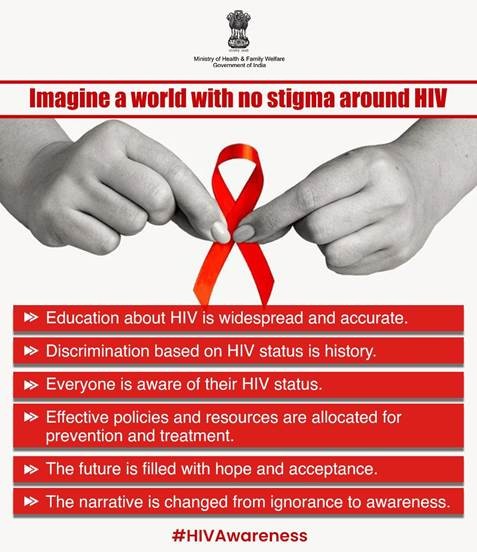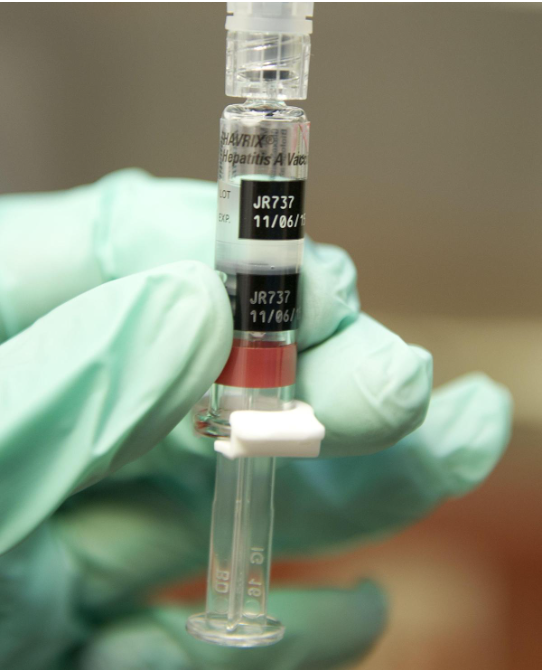Description

Source: Wikipedia
Disclaimer: Copyright infringement not intended.
Context
Scientists found that FP 100 (Hygromycin A), a first-in-class, small molecule, narrow-spectrum antibiotic, successfully eradicates Fusobacterium nucleatum without harming the oral or gut microbiomes.
Details
Read about Fusobacterium nucleatum:
https://www.iasgyan.in/daily-current-affairs/fusobacterium-nucleatum
Read about Antimicrobial Resistance:
https://www.iasgyan.in/daily-current-affairs/antibiotics-resistance
Antibiotics
- An antibiotic is a type of antimicrobial substance active against bacteria.
-
-
- Antibiotics work against bacterial infections only.
- They do not work on viruses which include most colds and 'flu'.
- Viruses are surrounded by a protective protein coating; they don't have cell walls that can be attacked by antibiotics like bacteria does.
- The type of antibiotic prescribed will depend on the type of bacteria causing the infection.
- Antibiotics work by either killing bacteria directly or hampering their ability to grow and reproduce.
- Antibiotics can have side effects; while they're designed to kill the infection-causing bacteria they also kill the 'good bacteria' which is required for a healthy body.
Broad spectrum:
- Broad spectrum antibiotics are used when the infective organism is unknown, but delays in the institution of treatment would result in worsening of the infection.
- They act against Gram +ve and –ve bacteria.
- They are used when the specific bacteria are unresponsive to narrow spectrum antibiotics or when many bacteria are infecting a person.
- Common Drug names: Amoxicillin, Co- Amoxiclav, Ciprofloxacin, Doxycycline.
Narrow spectrum:
- Narrow-spectrum antibiotics are effective only against a selected group of bacterial types.
- They can act on either gram +ve or gram -ve, not both.
- If the causative organism is known, narrow spectrum antibiotics are administered for the specific infection.
- These will not kill as many of the normal micro-organisms in the body like the broad spectrum antibiotics.
- Due to the fact that they are targeting very specific bacteria, they do not cause an increase in bacterial resistance and also avoid the spread of drug-resistant infections.
- Common Drug names: Azithromycin, Clarithromycin, Erythromycin, Clindamycin.
Read about diseases and its types:
https://www.iasgyan.in/blogs/diseases-and-its-types
Sources: MedicalExpress

|
PRACTICE QUESTION
Q: Consider the following statements regarding Fusobacterium nucleatum:
1. It is a gram positive bacteria.
2. It needs oxygen to thrive.
Which of the above statements is/are incorrect?
a) 1 only
b) 2 only
c) Both 1 and 2
d) Neither 1 nor 2
Answer: c)
Explanation:
1st statement is incorrect: Fusobacterium nucleatum is a gram-negative anaerobic bacterium found in the oral cavity, gastrointestinal tract, and other mucosal surfaces of humans. Initially identified as a common oral commensal, its role as a pathogen has gained significant attention due to its association with various oral and systemic diseases.
2nd statement is incorrect: It is an obligate anaerobe, meaning it thrives in environments devoid of oxygen. Metabolically, it is saccharolytic, meaning it ferments sugars to produce energy. Fusobacterium nucleatum exhibits pathogenic potential through various virulence factors, including adhesins, invasins, and toxins.
|











